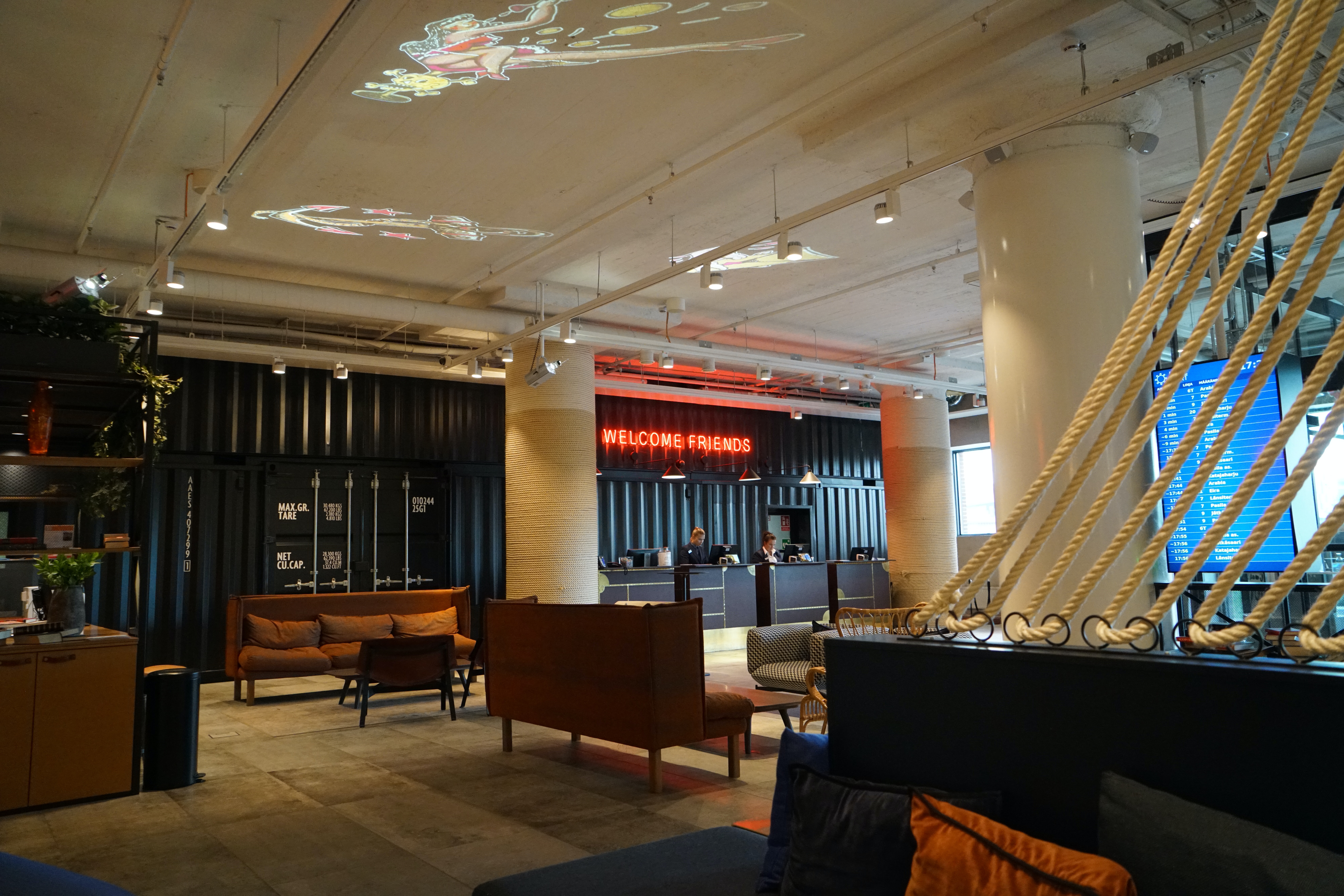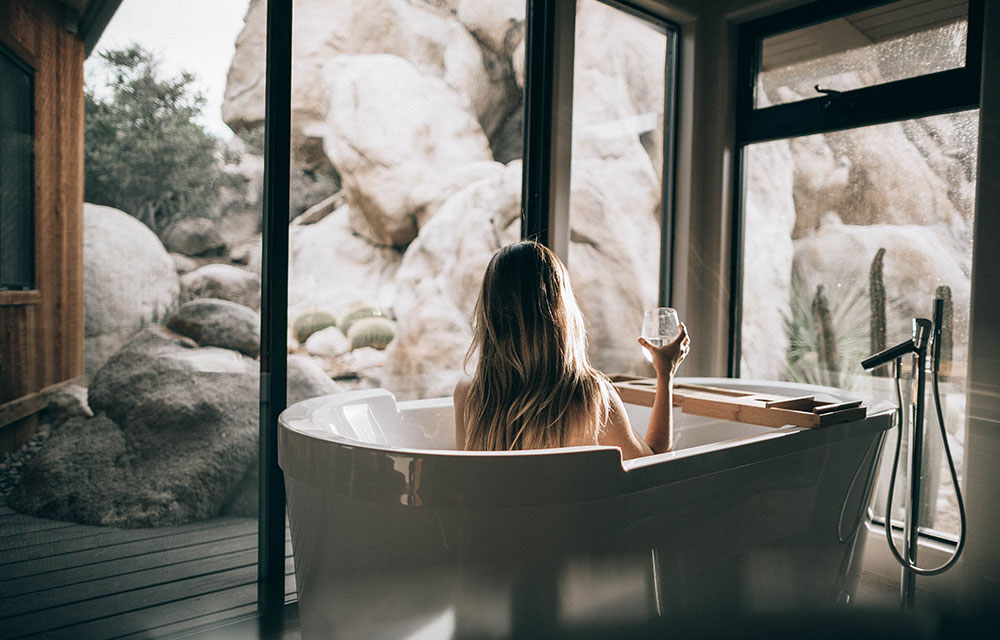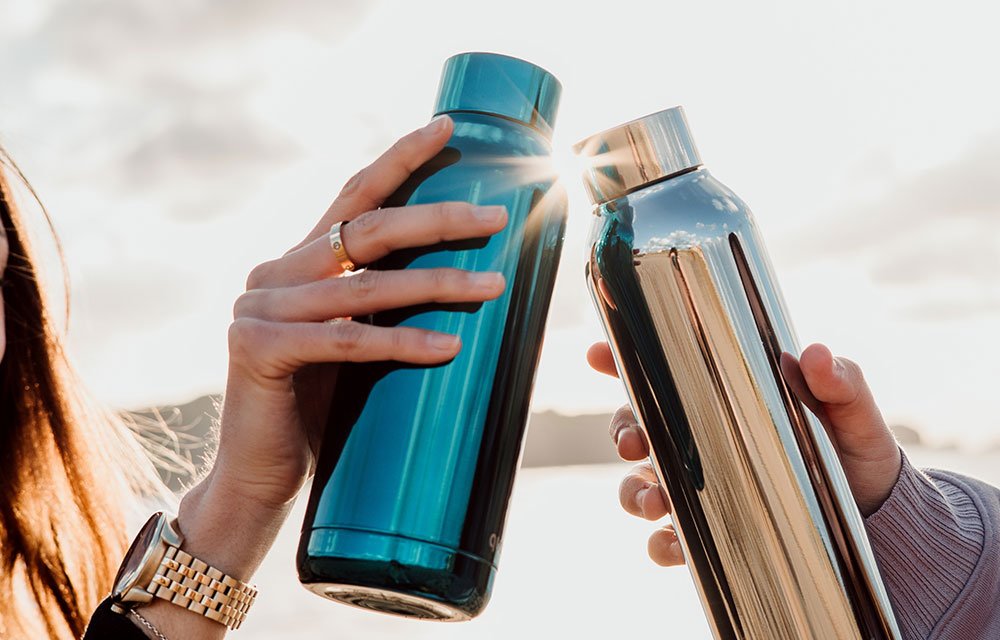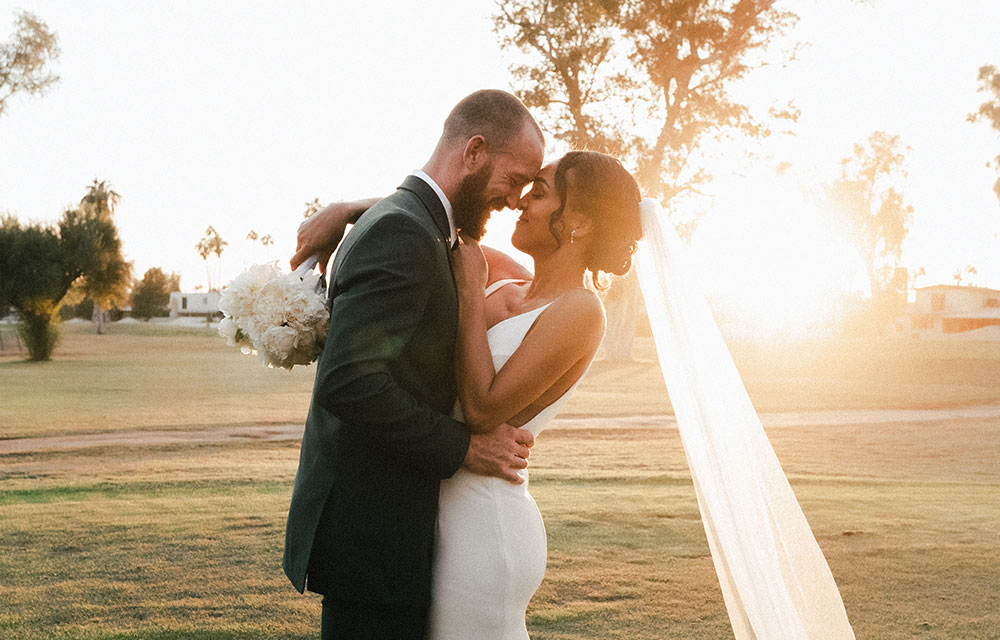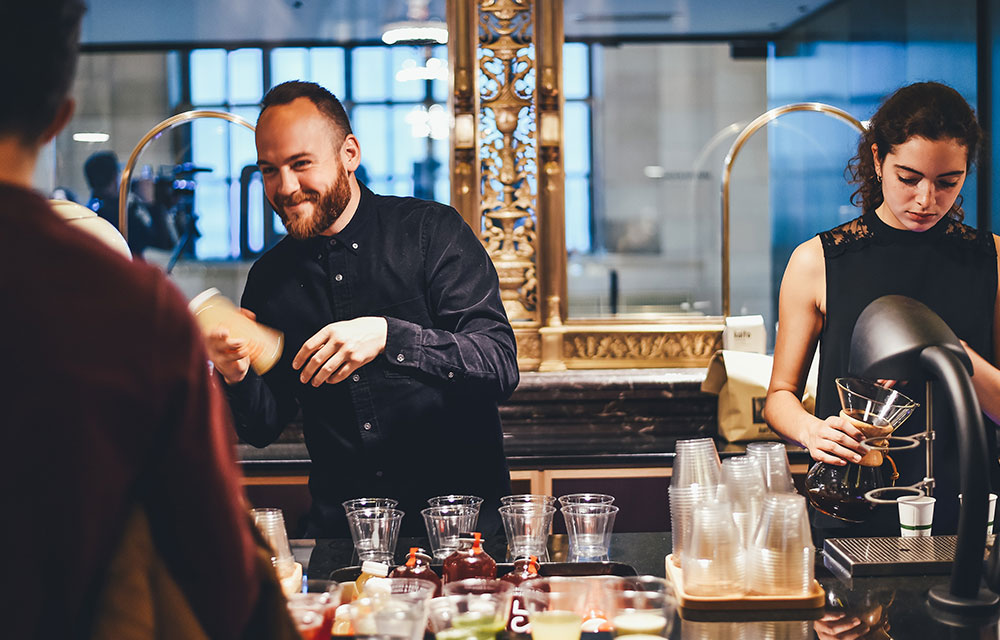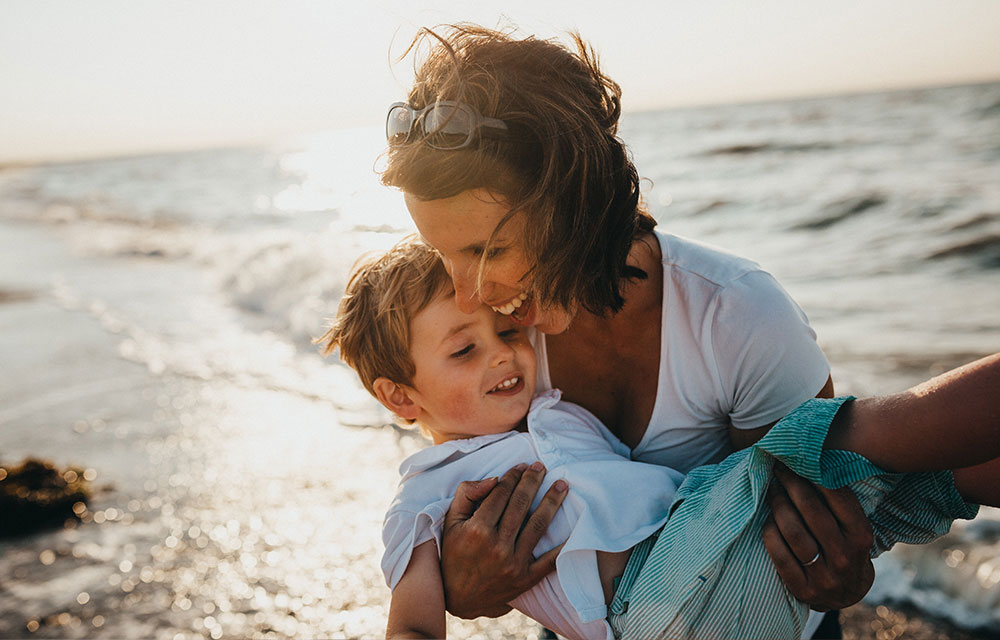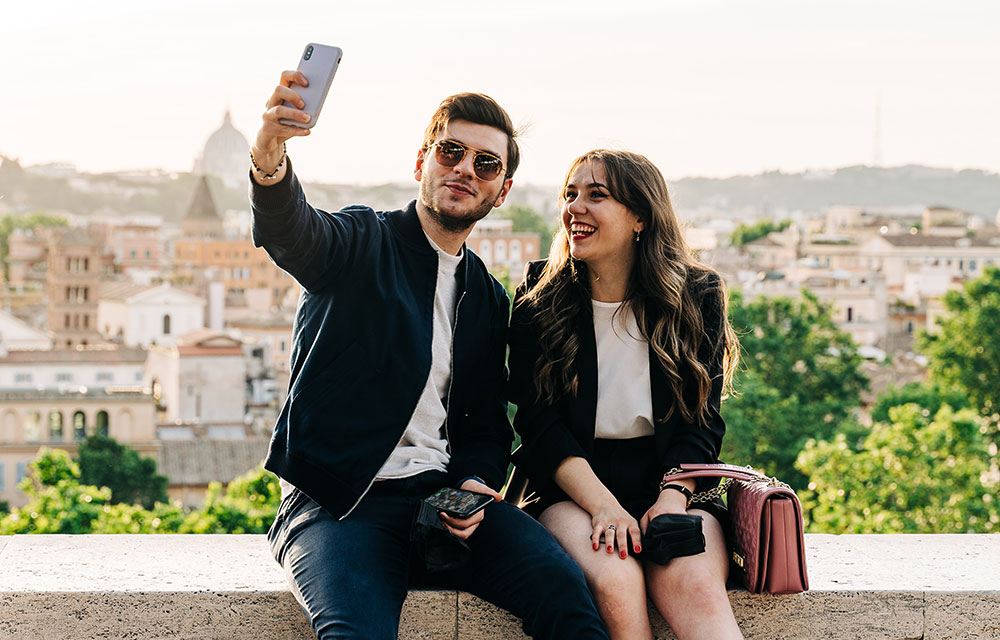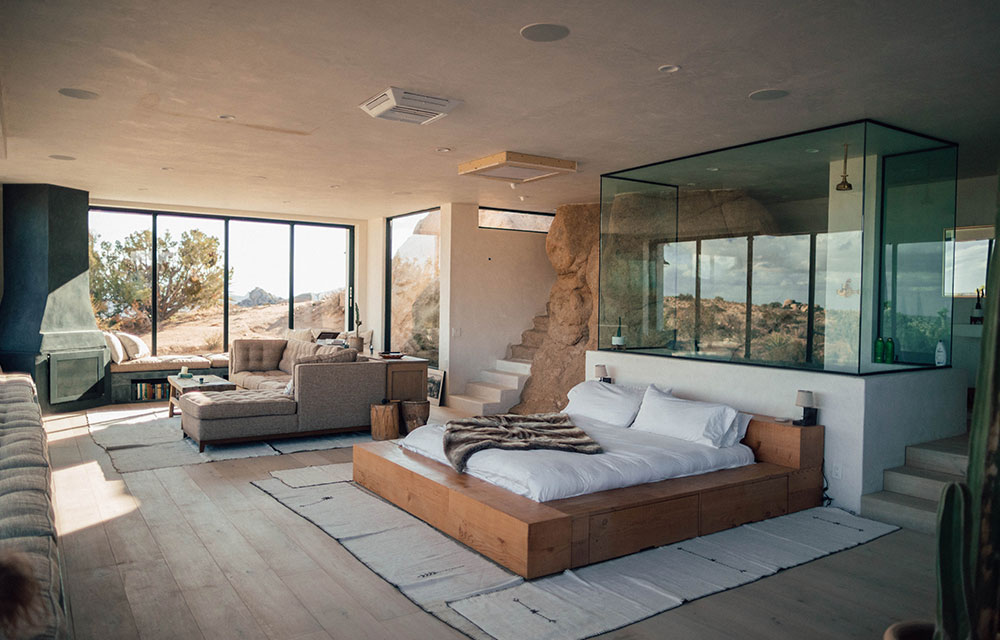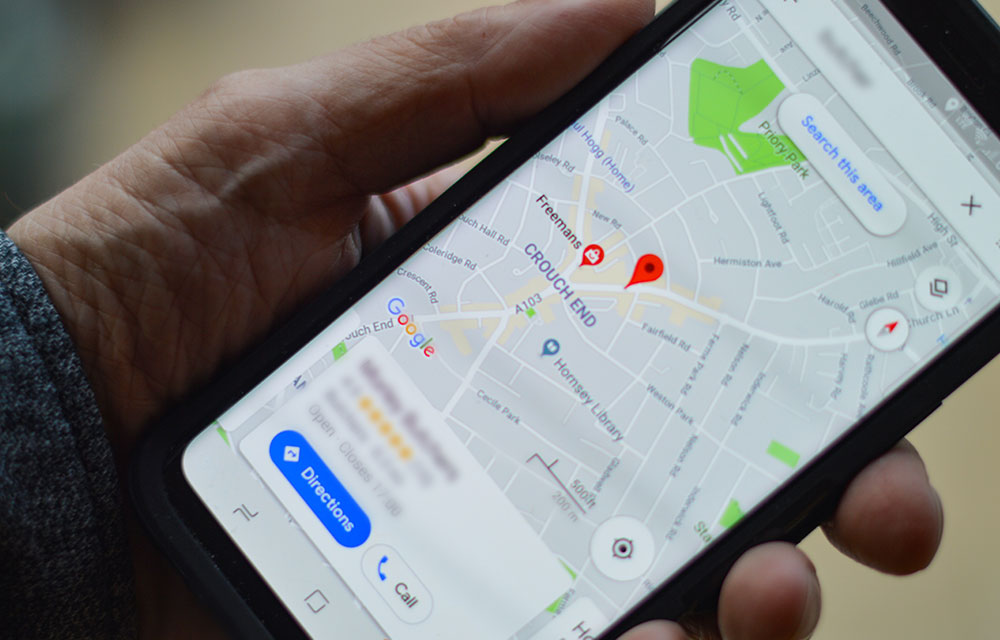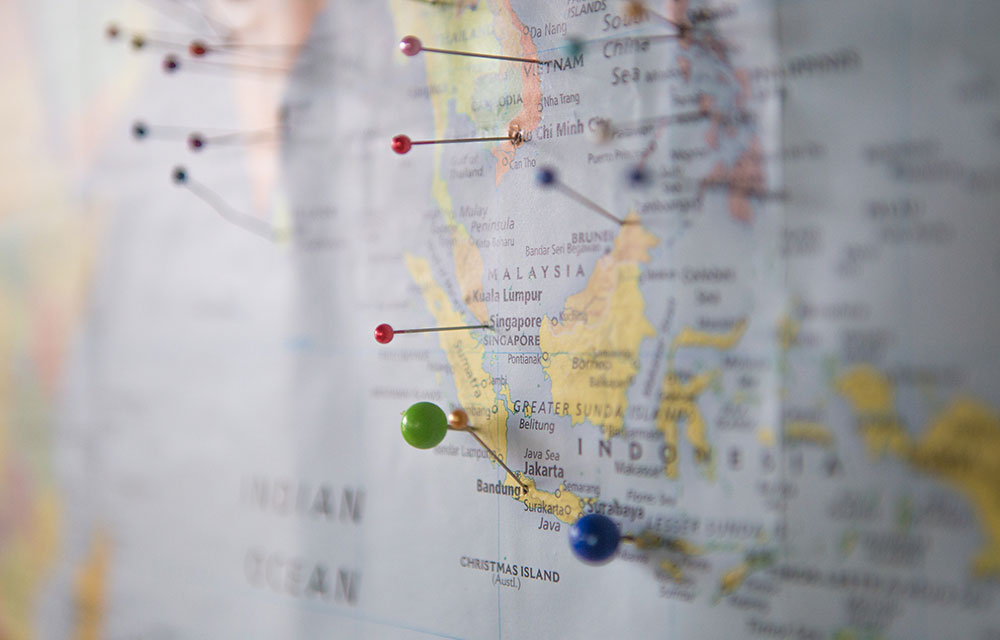A
re there things you always do as part of your hospitality marketing plans? Think about the tactics that you use to shore up your messaging. Are there any on your list that exist because you heard from someone who knows someone who said that A tactic works or B tactic never works?
As strategic as you try to be, myths and outdated ideas tend to wiggle their way into digital marketing plans. Some are even so ingrained in the marketing zeitgeist that you don’t even realize you’re using them just because.
The risk with basing your strategies and tactics on myths and misconceptions is that it can lead to ineffective strategies. So, if you’re in the throes of reworking your marketing plans for next year, this one’s for you. In this blog post, we’re going to take a look at some of the most pervasive myths in hospitality marketing and what you can do to kick them out of your marketing brain once and for all.
Myth 1: Social media is enough for a successful hospitality marketing strategy.
Here’s the truth. While social media is an important part of your marketing strategy, it’s just one component. A successful marketing strategy should include a mix of channels, including a website, email marketing, online travel agencies (OTAs), and search engine optimization (SEO). Always do your research to find out where your audiences go when they’re online, and meet them in those spaces.
Myth 2: Discounts and promotions always attract more guests.
Sometimes. While discounts can attract guests, relying solely on price cuts can devalue your brand and reduce profitability. That’s a big risk, especially for luxury hotels and resorts. Instead, offer guests promotions that reflect the perceived value of your offerings (other than room prices). (For example, offer spa discounts to guests, complimentary valet, or late checkout.)
Myth 3: High traffic to the website guarantees bookings.
Earning a booking is about so much more than your web presence. While active website traffic is essential, it doesn’t necessarily lead to conversion. As part of your marketing strategy, create a strong conversion rate optimization (CRO) plan to ensure that visitors are engaged and encouraged to book. Elements can include things like clear information, intuitive navigation, appealing visuals, an easy booking process, and more.
Myth 4: Online reviews don’t matter much in hospitality marketing.
Think about this one from your perspective as a customer. How often do you check reviews before making a decision? More and more, online reviews can make or break a business in the hospitality industry. When all things are equal between two properties, guests often rely on reviews to help them make that final choice. It’s essential to actively manage and respond to both positive and negative reviews to build trust and improve your online reputation.
Myth 5: All guests are the same – you don’t need to target specific demographics.
You can find the truth here simply by looking at the guests at your property. Demographics often vary widely (for example, a hotel that’s popular with business travelers but also happens to be outside a concert venue), and each of those audiences has different preferences and needs. Targeted marketing efforts that consider demographics, interests, and behaviors – ultimately focusing on your ideal customers, represented by buyer personas – can lead to higher conversion rates and a more loyal customer base.
Myth 6: Email marketing is outdated and ineffective.
This one may be surprising to some, but the truth is that email marketing – when used correctly – remains a powerful tool in hospitality marketing. Although marketing trends and fads tend to come and go, email has always been successfully reliable. In fact, personalized and relevant email campaigns can see open rates of as high as 20 percent. However, that doesn’t mean you can just write anything and send it. Smartly written, relevant emails with irresistible CTAs are the key to success.
Myth 7: It’s enough to have a mobile-responsive website.
A better word here might be essentials. Mobile optimization is today’s site-building standard, but it’s about more than just looking good on both a phone and a desktop. Mobile users also expect fast loading times, easy navigation, and for hospitality marketers, a seamless booking experience. (While most travelers do their actual booking on a desktop, almost half of them plan and research their trips entirely using their phones.)
Myth 8: All online travel agencies (OTAs) charge the same commission rates.
The truth is that commission rates can vary significantly between OTAs. Dynamic pricing, credit card fees, booking fees, and other factors play a role in how much commission hoteliers are expected to pay. The good news is that it’s possible to negotiate rates with OTAs to find a favorable agreement that suits your property and financial goals.
Myth 9: Once a guest books, your marketing efforts are done.
Here’s the truth: Once a guest books, it’s your job to entice them to book again. The marketing touchpoints that happen after they leave the check-in desk are what turn one-time visitors into lifelong customers. A strong customer marketing strategy should engage with guests before, during, and after their stay through personalized communication, follow-up offers, and loyalty programs.
Myth 10: It’s OK to copy competitors’ marketing strategies.
Even when they’re in the same niche – and even when they carry the same brand name – every hotel and resort is unique. And while competitor research is valuable, blindly copying others’ strategies isn’t likely to work for your unique property. Should you take inspiration from a campaign that you love? Absolutely. But from there, it’s essential to understand your own strengths, target audience, and brand identity to create a marketing plan that sets you apart.
More than ever, successful hospitality marketing requires thorough research, an understanding of customer trends, and a willingness to skip over tactics that won’t drive success – even if they’ve just always been there.




